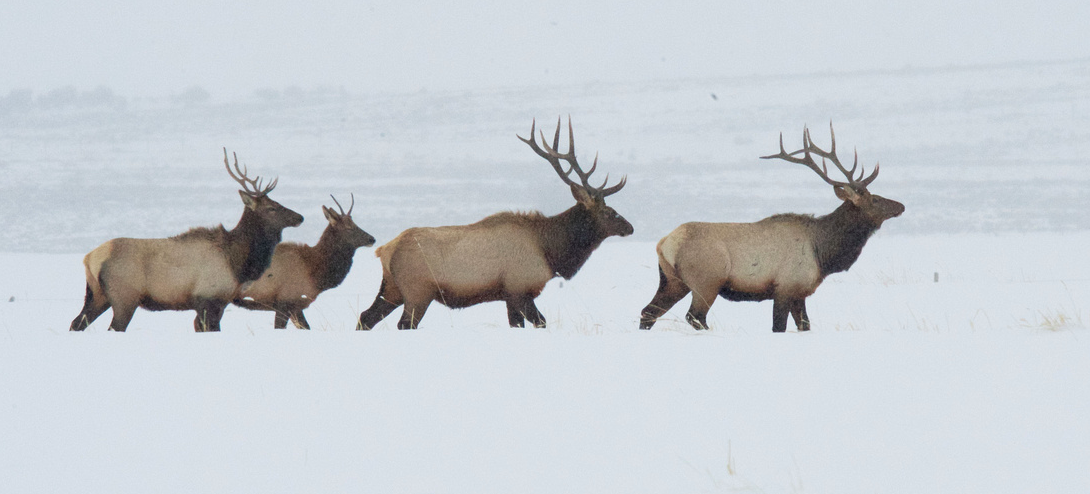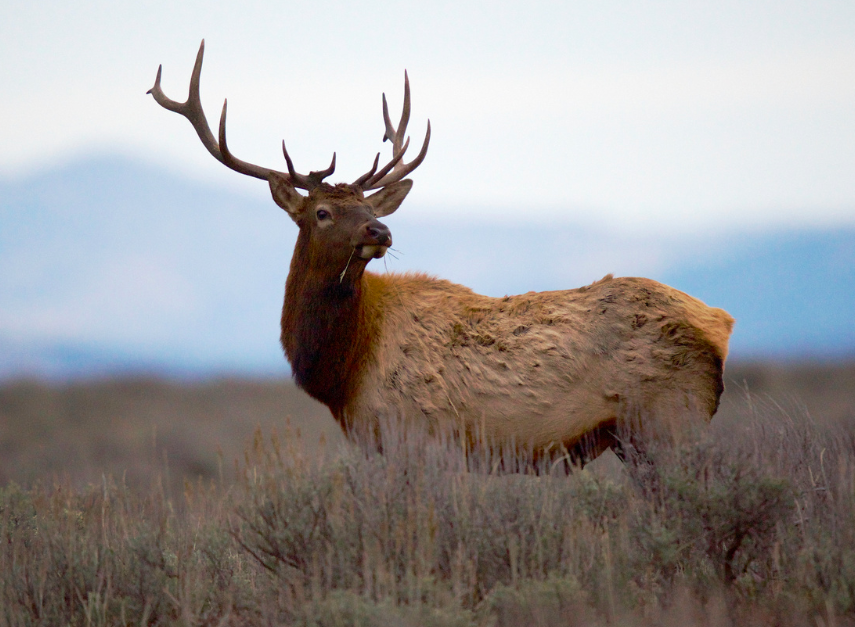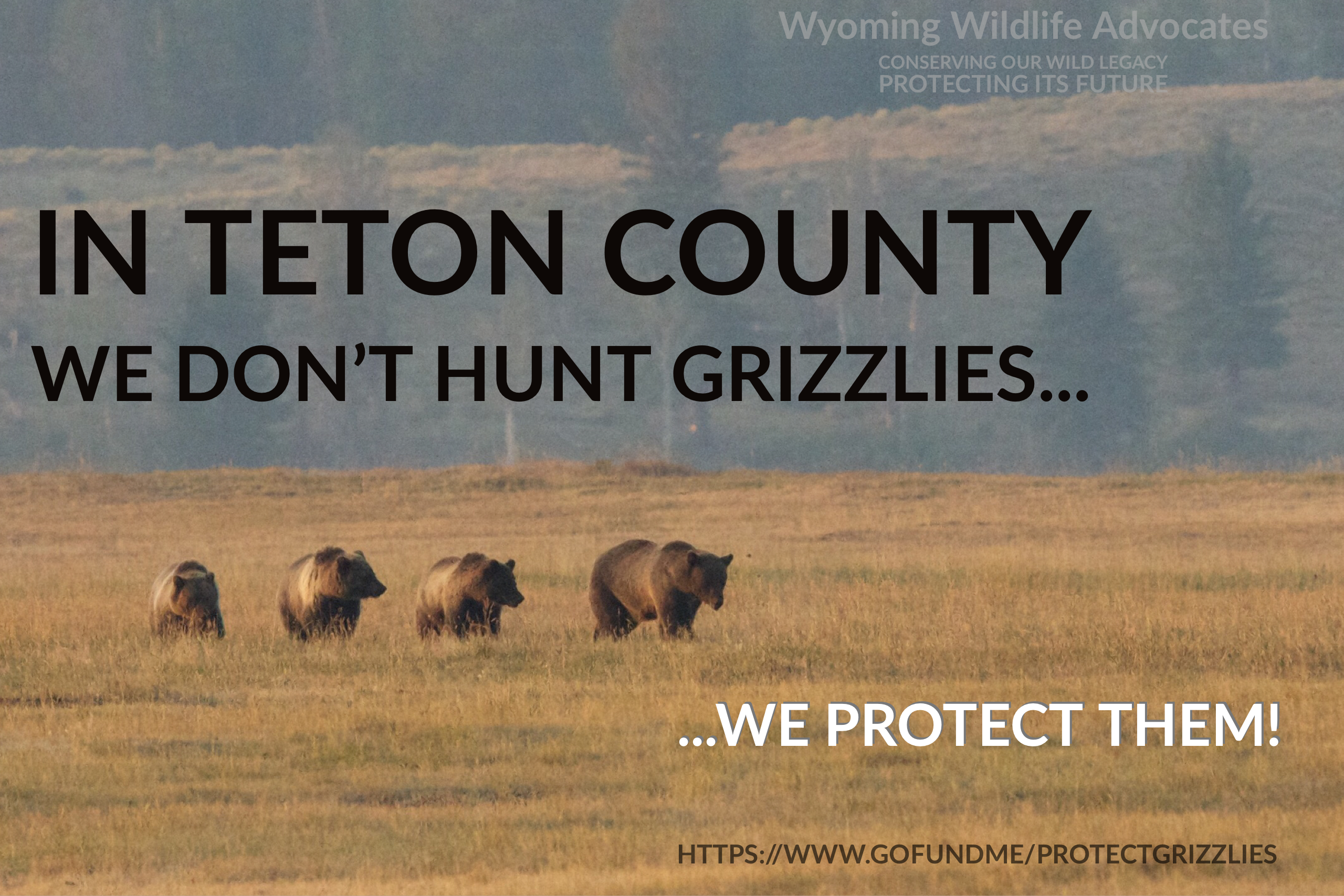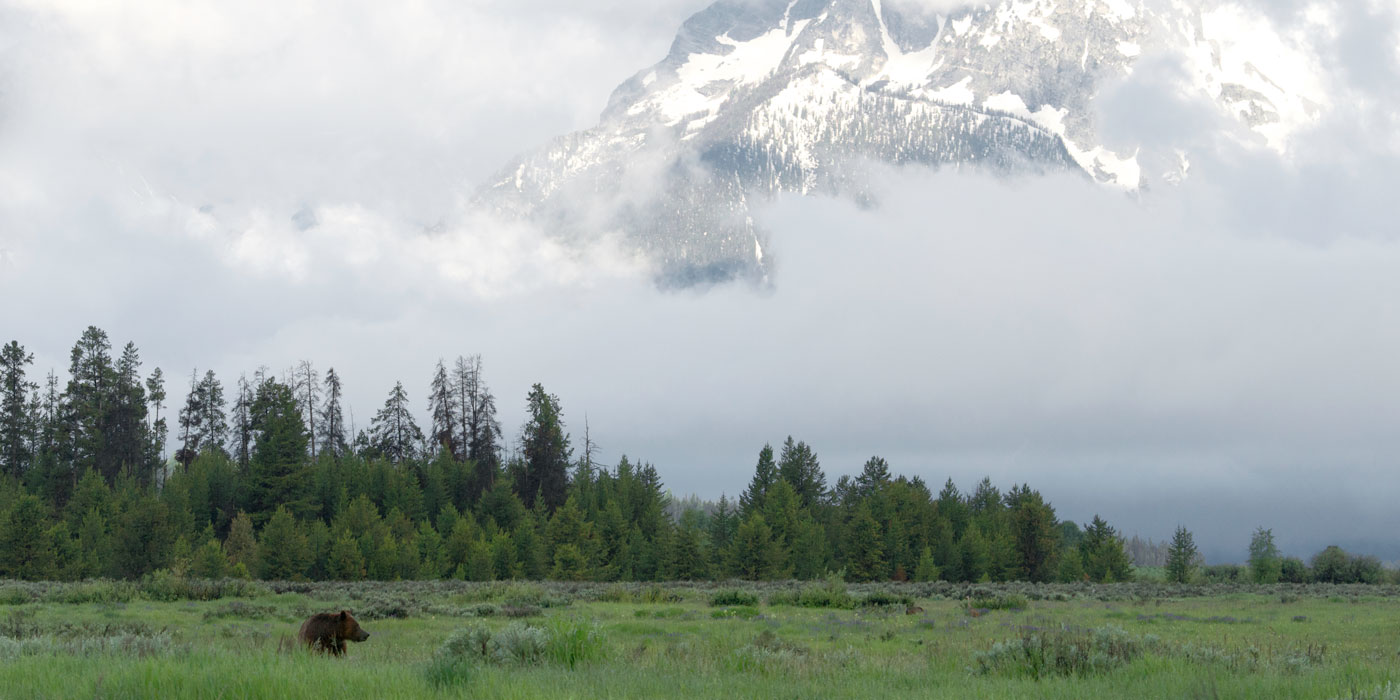In response to the report that elk numbers are at least 30% above objective in 2018 and above objective in many parts of the state for the last few years, it’s high time that those who dislike wolves in Wyoming stop claiming “the wolves are eating all the elk.” Large numbers of wolves will not cause elk populations to dwindle to unacceptable levels. This year marks the 23rd year since wolves were reintroduced to Yellowstone. Since then, wolves have yet to cause elk numbers to drastically plummet, even within the park where wolves and elk are equally protected.
This is because of simple predator/prey cycles that are Wildlife Biology 101. Prey numbers will increase, offering a larger food source for predators. Predators will eat some of those prey and increase their populations. In turn, prey numbers will diminish leaving less food for the predators and predator populations will decrease. Prey populations will then increase and the cycle will begin again. With an absence of natural predators (other than man) for many years, elk populations have been artificially inflated. This has had a detrimental effect on many plant communities as too many elk have been gnawing plants like aspen and willows to the ground therefore preventing any new growth.
Having wolves present means that elk will move around more and be more watchful and skittish. This may increase hunting effort as elk are not present in areas where they have been for the last few decades. Hunters will need to adjust their tactics in order to harvest an elk, but there will still be plenty of elk available. The actions of the Wyoming Game and Fish Department to increase wolf hunting in the Gros Ventre Mountains will ultimately prove detrimental to the elk herds there as numbers need to be reduced due to the threat of disease if they remain concentrated on feedgrounds.
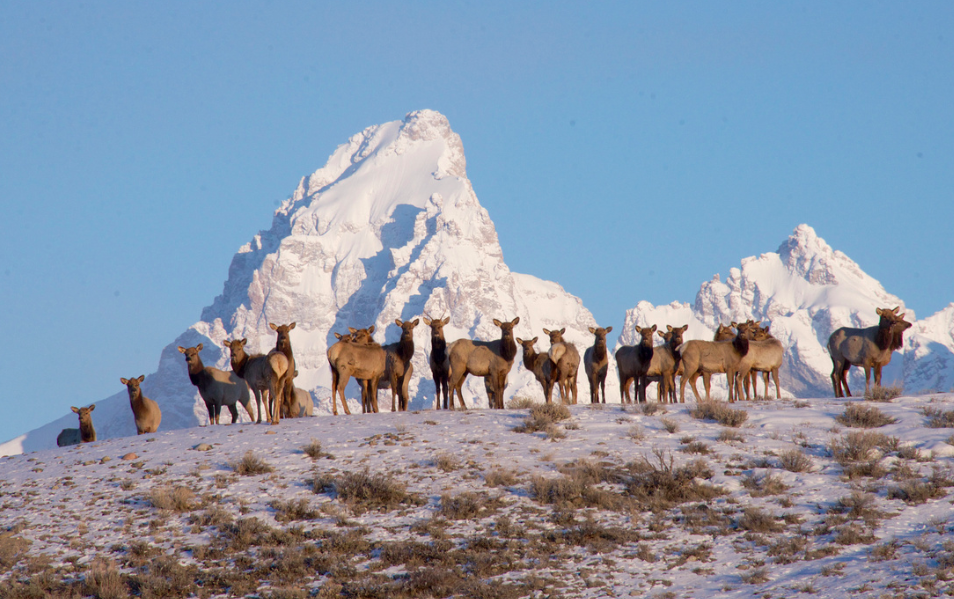
Something that presents an actual threat to elk numbers, and what those “crying wolf” should be concerned about, is chronic wasting disease (CWD). With CWD marching its way across Wyoming and getting closer to some of the larger herds; hunters, conservationists, photographers, and anyone else interested in elk have a chance to come together for a common cause. Feedgrounds unnaturally concentrate elk, provide a breeding ground for disease, and artificially inflate elk numbers to levels that are unsustainable for the surrounding ecosystem. CWD has been found in Wyoming and every year continues to move westward toward our larger elk herds. Feedgrounds provide the perfect recipe for the spread of CWD. There is no cure and CWD can persist in the soil for years after it is introduced to an area.
While no one can fault our predecessors for feeding the elk to protect their crops and support the beloved elk of Wyoming, we now have a much better understanding of elk ecology. The risks of feeding have come to the point where they far outweigh the benefits and feedgrounds should be phased out as soon as possible. Science has helped us understand the importance of predators to the ecosystem. With elk dispersing and moving away from areas frequented by wolves, this decreases the chance of a CWD outbreak. Wolves and other predators such as mountain lions and grizzly bears provide a chance to move elk around, make them disperse instead of congregate together, and remove animals that are infected with CWD. There are even preliminary studies being conducted to find out if the guts of predators can neutralize CWD if an infected elk is eaten.
All of our surrounding states in the Rockies have world-class elk hunting and wildlife-watching opportunities without feedgrounds, it’s time for Wyoming to be as proactive as possible to prevent the spread of CWD, instead of reactionary after thousands of elk have perished from the disease. The tools for the prevention of spreading CWD are present; more wolves, fewer elk, and phasing out feedgrounds. These solutions should be embraced for anyone who loves our Wyoming elk herds and wishes to see them persist into the future.
WyoFile news report on booming elk numbers in 2018.
